Development of highly structured non-heme iron catalysts for selective C-H group oxidations
llistat de metadades
Autor/a
Director/a
Costas Salgueiro, Miquel
Ribas Salamaña, Xavi
Fecha de defensa
2014-07-29
Depósito Legal
Gi. 1372-2014
Páginas
246 p.
Departamento/Instituto
Universitat de Girona. Institut de Química Computacional i Catàlisi
Resumen
Catalytic oxidation reactions of hydrocarbons that occur in the active site of metalloenzymes exhibit high efficiency and exquisite regio- and stereoselectivity under mild experimental conditions. We describe the efficient and selective oxidation of alkanes using a family of highly structured non-heme iron catalysts that introduce sterically bulky pinene groups. In this way, it is possible to modulate the selectivity, which depends on the combination of the chirality of the catalyst, the nature of the diamine backbone and the presence of a cavity-like site surrounding the metal center. We present an optimized reaction protocol for efficient oxidation of alkanes with the readily available [Fe(CF3SO3)2(mcp)] catalyst, which shows enhanced selectivity toward methylenic sites. Finally, we describe a new family of iron catalysts to systematically study the steric influence of the ligand in regioselectivity. We observe a strong relationship between the bulk of the silyl substituent and the regioselectivity offered by the catalyst.
Les reaccions catalítiques d’oxidació d’hidrocarburs que ocorren al centre actiu dels metal•loenzims són eficients, regio- i estereoselectives en condicions experimentals molt suaus. Es descriu l’oxidació eficient i selectiva d’alcans utilitzant una família de catalitzadors de ferro no-hemo altament estructurats que incorporen grups pinè voluminosos. D’aquesta manera és possible modular la selectivitat, que depèn de la combinació de la quiralitat del catalitzador, la natura de la diamina pont i la presència d’una cavitat al voltat del centre metàl•lic. Es presenta un protocol de reacció optimitzat per l’oxidació eficient d’alcans amb el catalitzador disponible [Fe(CF3SO3)2(mcp)], que mostra una millor selectivitat per posicions metilèniques. Finalment, es descriu una nova família de catalitzadors de ferro per estudiar sistemàticament la influencia estèrica del lligand en la regioselectivitat. S’observa una forta relació entre l’impediment imposat pel substituent silil i la regioselectivitat mostrada pel catalitzador.
Palabras clave
Catàlisi; Catalysis; Catálisis; Sistema bioinspirat; Bioinspired system; Sistema bioinspirado; Oxidació; Oxidation; Oxidación; Ferro; Iron; Hierro; Peròxid d'hidrògen; Hydrogen peroxide; Peróxido de hidrógeno
Materias
546 - Química inorgánica
Citación recomendada
Derechos
ADVERTIMENT. L'accés als continguts d'aquesta tesi doctoral i la seva utilització ha de respectar els drets de la persona autora. Pot ser utilitzada per a consulta o estudi personal, així com en activitats o materials d'investigació i docència en els termes establerts a l'art. 32 del Text Refós de la Llei de Propietat Intel·lectual (RDL 1/1996). Per altres utilitzacions es requereix l'autorització prèvia i expressa de la persona autora. En qualsevol cas, en la utilització dels seus continguts caldrà indicar de forma clara el nom i cognoms de la persona autora i el títol de la tesi doctoral. No s'autoritza la seva reproducció o altres formes d'explotació efectuades amb finalitats de lucre ni la seva comunicació pública des d'un lloc aliè al servei TDX. Tampoc s'autoritza la presentació del seu contingut en una finestra o marc aliè a TDX (framing). Aquesta reserva de drets afecta tant als continguts de la tesi com als seus resums i índexs.


